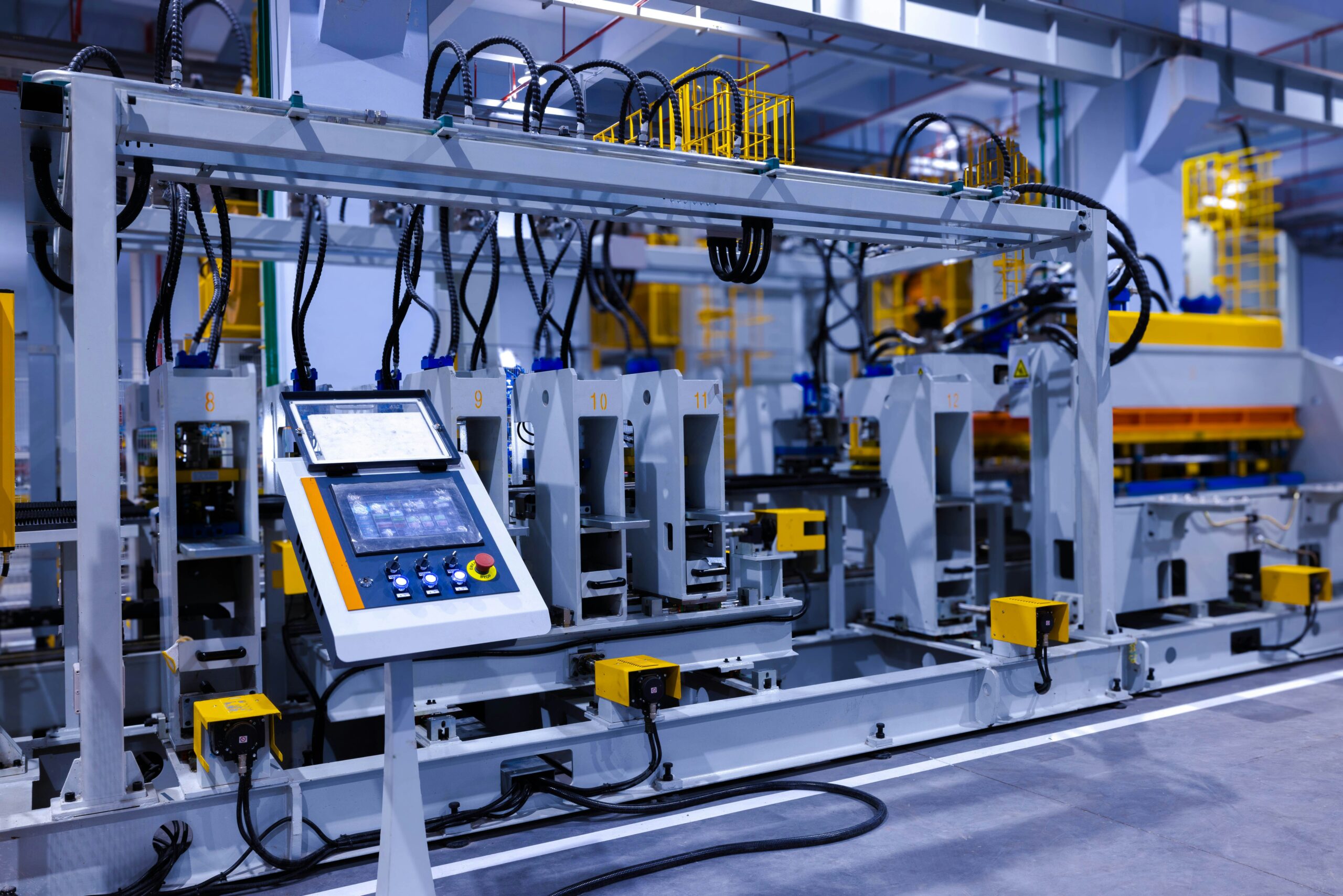The U.S. manufacturing sector is facing a new period of contraction, according to data released this month, as the ripple effects of escalating tariffs on imports disrupt supply chains and elevate costs for American businesses. The downturn, which surprised some analysts, highlights the persistent challenges facing an industry grappling with geopolitical policy shifts and a volatile global economic landscape.
The Institute for Supply Management’s (ISM) latest Manufacturing Purchasing Managers’ Index (PMI) registered 48.0 in July, down from 49.0 in June. This marks the fifth consecutive month that the index has remained below the 50-point threshold, signaling a contraction in the sector that accounts for more than 10% of the U.S. economy. The report indicated that new orders, a key forward-looking indicator, dropped further to 46.4 from 47.6, suggesting that the recent slowdown is likely to continue into the fall.
While the broader economy has shown resilience, the manufacturing sector appears particularly vulnerable to the ongoing trade disputes. The latest round of tariffs, including a short-lived pause that recently ended, has forced manufacturers to contend with significant uncertainty. According to a report by AInvest, the automotive sector saw a 0.3% decline in July, with analysts attributing the drop to seasonal maintenance shutdowns and higher tariffs on imported steel and aluminum. Citigroup economist Veronica Clark noted that a 65% surge in the Midwest Premium for aluminum has compounded cost pressures for electric vehicle (EV) manufacturers.
Beyond specific sectors, the tariffs are also exposing structural weaknesses in legacy operating models. Companies that once relied on globally integrated supply chains are now scrambling to adapt. Reports suggest that firms are either overstocking to avoid sudden cost spikes or delaying orders, leading to inventory gluts and shortages. The fragmented landscape resulting from the “China Plus One” strategy—where companies diversify production to other countries—is fraught with challenges, as these new hubs often lack the scale and infrastructure of China, introducing new bottlenecks and logistical hurdles.
The Federal Reserve’s latest industrial production report for July underscored the manufacturing sector’s stagnation, with output remaining unchanged after a 0.3% increase in June. This data, combined with a decline in manufacturing employment, paints a picture of an industry struggling to maintain momentum. While some pockets of the sector, such as aerospace and defense, have shown resilience due to strong demand and long-term contracts, the overall trend points to a broader malaise.
As businesses grapple with these challenges, economists warn that the full weight of the tariff pain may still be incoming. The economic pain is not limited to U.S. manufacturers; recent data from Europe indicates that new U.S. tariffs have contributed to a sharp deceleration in economic growth and a contraction in industrial production, a sign of the reciprocal impact of trade tensions. For the U.S. economy, the key question is whether these manufacturing headwinds will be contained or if they will begin to drag on other sectors, potentially miring the nation in a broader slowdown.
